Are you overwatering your plants… or underwatering them? If you can’t always tell the difference, you’re not alone. Between wilting, yellowing and dropping leaves, overwatering plants and underwatering plants can often look similar. With these fifteen tips, you’ll be able to figure out exactly what your sick plant needs and, if caught early enough, help your plant recover.
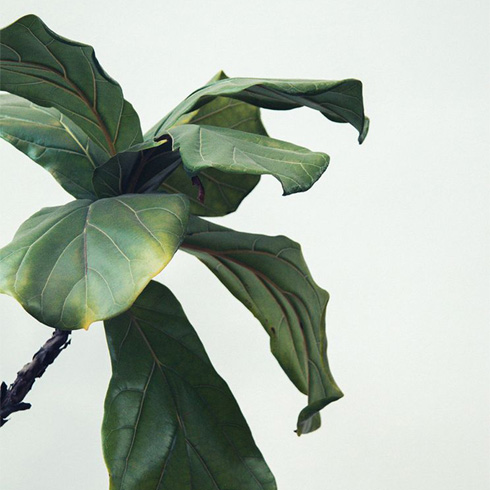
Leaves Go Yellow and Fall Off
One common plant plight is yellow, dropping leaves. If you notice your plant’s leaves yellowing and falling off, don’t panic! Feel the soil. If it feels damp or wet to the touch, overwatering may be the cause. Let your plant dry out and give it more light if possible.
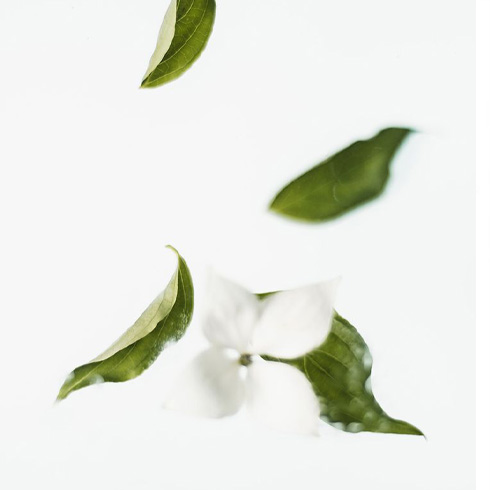
Dropping Old and New Leaves Alike
A healthy plant will eventually grow new leaves and shed their old ones. A plant that’s stressed by overwatering might drop old and new leaves alike. If your plant is dropping old leaves and is otherwise in good health, no worries! If new growth starts to fall off, overwatering may be to blame.
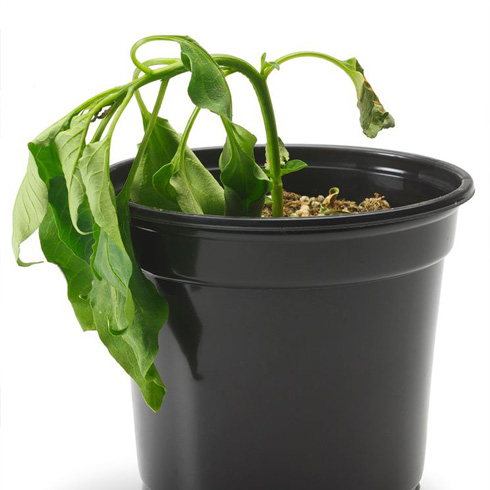
Wilting, Limp Leaves
Are your plant’s leaves limp, wilted and lifeless? This could be due to overwatering or underwatering, so take a look at the soil and the overall health of the plant. If the soil is damp or the plant’s leaves are also yellowing, overwatering may be to blame.
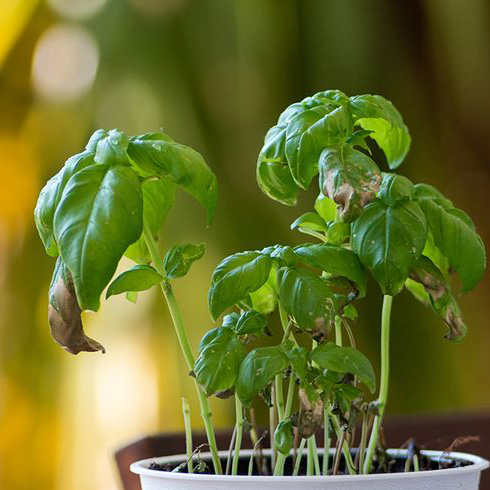
Leaves Turning Splotchy Black or Dark Brown
Browning leaves can be a sign of overwatering or underwatering. If the leaves on your plant are developing black or dark brown splotches, this could be overwatering.
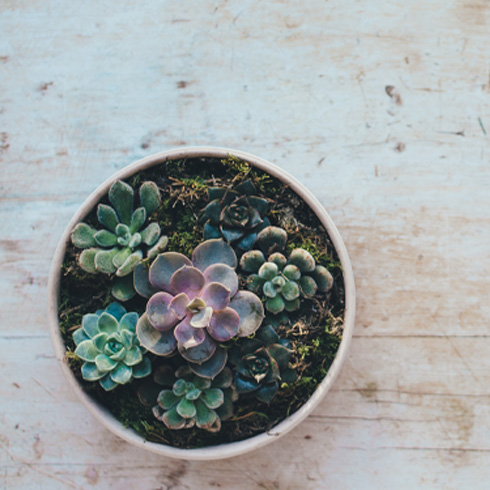
Mushy Roots Mean Overwatering
Another way to check for overwatering is to check what’s going on with your plant’s roots. Healthy roots should be firm to the touch. Mushy roots are a sign of root rot caused by overwatering. Recovering from root rot can be tricky. To set your plant up for recovery, use a sterile knife or pair of scissors to trim away the rotten, mushy roots. Repot your plant in fresh soil and hold off on watering.
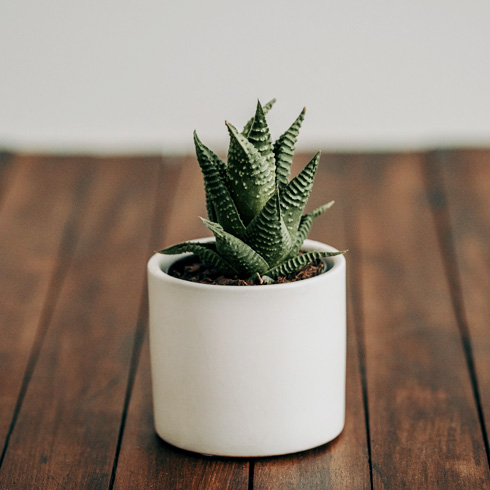
An Overwatered Succulent Will Rot and Turn Mushy
Most plant enthusiasts love easygoing succulents for their ability to withstand a little neglect, but succulents do not handle overwatering especially well. An overwatered succulent will rot from the crown and become unstable, and the leaves will turn mushy.
Unfortunately there’s no saving a succulent once it gets to this point, so don’t water your plants too often. If you’re wondering how often to water succulents, water thoroughly once the soil feels dry. Another way to avoid succulent rot is by watering from the bottom. Unsure how to bottom-water plants? Just place your plant’s pot in a saucer filled with water and the roots will suck it up.

Black Spots on Leaves Can Mean Bacterial Infection
The wet soil of an overwatered plant is the perfect environment for bacterial to breed. Black spots on your plant leaves – especially black spots with a yellow halo around them – can mean a bacterial infection caused by overwatering. As with root rot, trim the plant’s mushy roots, plant in sterile soil and scale back watering.
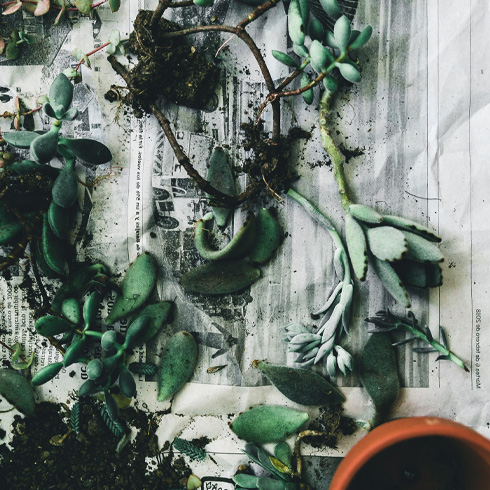
Moldy Soil
Wet, overwatered soil can also lead to the growth of fungus in and on the soil. Many kinds of fungus are harmless to the plant itself, but even harmful varieties can be a sign that you’re watering too frequently, which can lead to other complications.
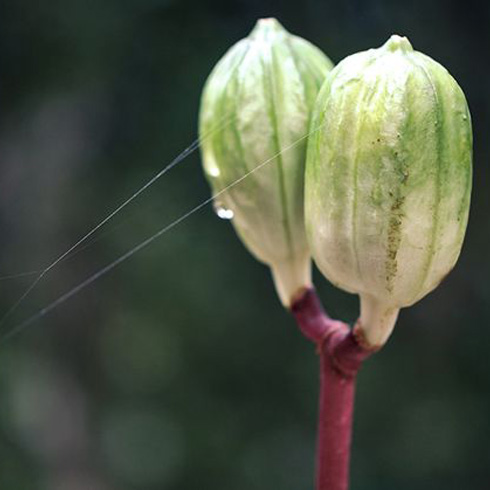
Tiny, Reddish Brown Spots Are Called Edema
If you’ve got mysterious little reddish brown spots on your plant, they might be edema. Edema happens due to irregular watering. If you forgot to water last week but water tons the next week, your plant’s roots can enthusiastically suck up more water than the leaves need. This causes cells to rupture, causing those brown spots on the leaves. Set a reminder in your phone to help you stick to a regular watering schedule, and always check if your plant’s soil is dry before watering.

Slow or Stagnant Growth
If it’s the growing season but your plant just hasn’t put out new growth, overwatering may be to blame, especially if you notice any of the other signs mentioned here, like wilting or yellowing.
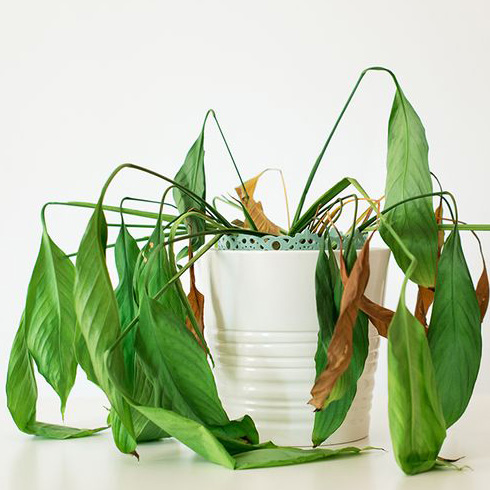
Underwatering: Crispy Brown Leaves
It can be tricky to tell the difference between underwatering and overwatering because some of the signs can seem similar. Whereas dark brown or blackened leaves can mean overwatering, light crispy leaves can mean underwatering, especially if the soil is dry.

Underwatering: Wilting, Drooping Leaves
If your plant’s leaves go droopy and wilted and the soil is dry, underwatering may be to blame. Give that plant a good drink!
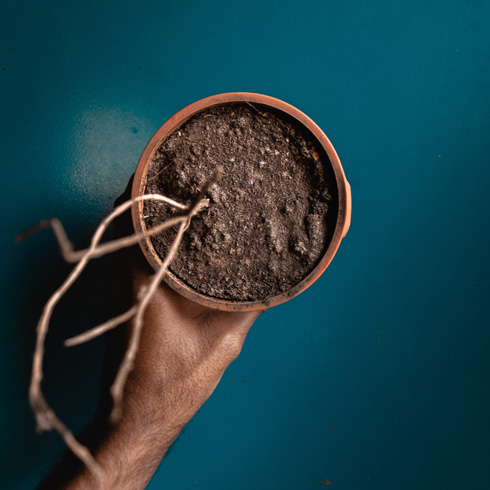
Underwatering: Soil Pulling Away From the Sides of the Pot
Plants are a great addition to your space. They’re great to look at, but make sure you look closely at them, including their soil. If the soil in your plant’s pot is so dry it’s pulling away from the sides of the pot, you might be underwatering.
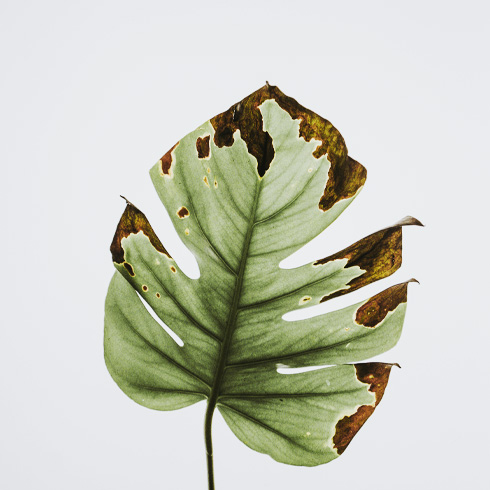
Underwatering: Dry, Crispy Leaf Tips
Humidity-loving plants can be a little high maintenance and are especially prone to getting dry, crispy tips on their leaves. This can be caused by either underwatering or low humidity. If the plant’s soil is dry, try watering more frequently. If it seems happy with your watering schedule, consider getting your plant a humidifier.

Underwatering: Slow or No Growth
A stressed, underwatered plant will not put out growth. If your plant isn’t growing during the growing season and the soil is dry, water more frequently!
Home Network your inbox.
By clicking "SIGN UP” you agree to receive emails from Home Network and accept Corus' Terms of Use and Corus' Privacy Policy.



